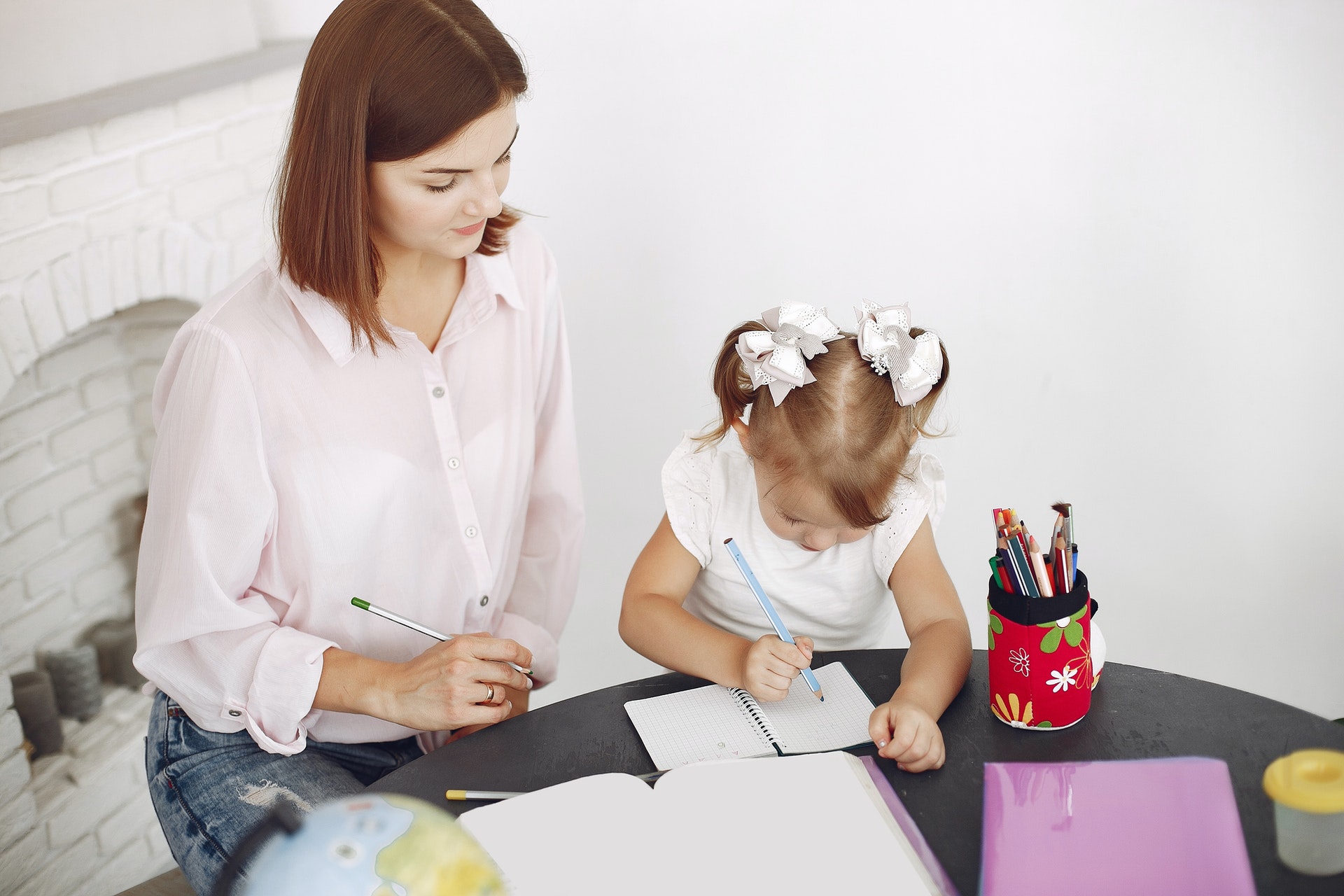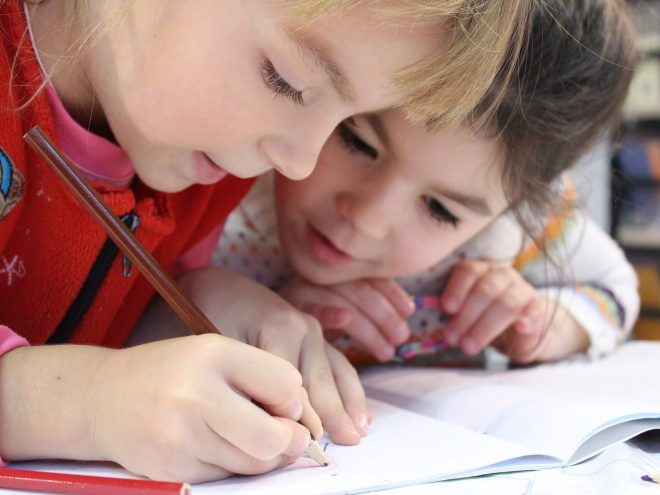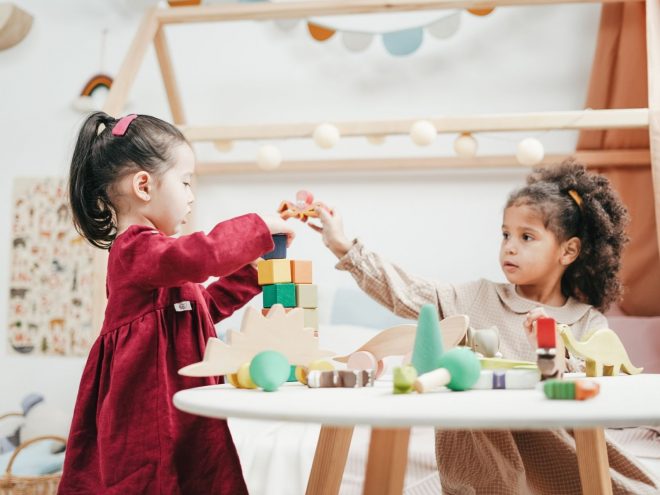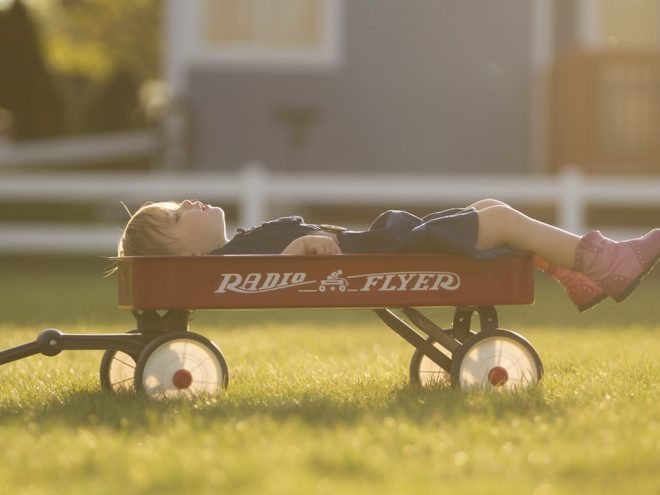When we think of therapy, we tend of think of sterile doctor’s offices and appointments with therapists. For little kids, these therapy appointments can be scary, especially if their doctor isn’t the nicest human being on the planet. You’ve also probably never seen a small child capable of walking past a dog or cat without asking if they can pet it. Pets make us happy. Therapy is supposed to make us happy. Combining the two just seems like the perfect solution. What is animal-assisted therapy, and why could it turn out to be the best option for your little ones?
What Is Animal-Assisted Therapy?
As its name suggests, animal-assisted therapy uses animals to improve the outcome of patient therapy. Though dogs and cats may be the first thing that comes to mind when you hear the phrase “therapy animal,” horses, dolphins, rabbits and other animals have all served as therapy animals in the past and continue to do their good work today. These animal therapists can be used for physical and mental therapy, helping improve everything from self-esteem to fine motor skills. Animal therapy isn’t a new concept — it’s been used for more than 150 years, though it wasn’t until the 1970s that scientists were able to start determining why the bond between animal and human helped with the healing process. While a host of different studies have been completed showing the benefits of animal therapy, it comes down to one specific thing — interacting with animals increases the production of oxytocin in the body.
Why Should I Choose Animal-Assisted Therapy for Children?
Therapy for children is a tricky proposition at the best of times, especially if the child in question is very young or non-verbal. If they can’t answer your questions or tell you what is wrong, a successful therapy can be downright impossible. This doesn’t even take into account kids who just don’t want to talk about themselves or their feelings — have you ever tried to coax an answer out of a stubborn child? Even professionals have trouble with it. Animal-assisted therapy is a fantastic tool for drawing these children out of their shells. Just watch a child, even an ill or unhappy one, when they meet a dog, cat, lizard or snake. The sheer joy on their face lights up the room. Small animals, like dogs, cats and “pocket pets,” provide a sense of safety and security for the child that allows the therapist to come in under the radar, so to speak. The therapist isn’t some big, scary monster anymore because there is an animal there to provide comfort. Larger animals, like ponies, horses and even exotic animals like llamas, can provide a different form of therapy. There’s still the level of comfort an animal provides, but riding a horse or a pony can also be used as a form of physical therapy. Riding a horse, even assisted, helps build core strength and muscle memory.
First Steps Toward Empathy
For many children on the autism spectrum, especially those who are non-verbal, forming empathetic or emotional bonds with other human beings is difficult or downright impossible. Animal-assisted therapy can be an invaluable tool to teach these children how to form these bonds by enabling them to form a bond with an animal first. Emotional bonds with animals are much simpler than they are with humans. The animals ask nothing other than love in return. They also don’t expect conversation, which is ideal for non-verbal children who may find expressing themselves stressful. Children who have drawn into themselves as a result of therapy may be more open and willing to communicate in whatever way they know how after spending time with a therapy animal. They may even answer questions put to them as if they were talking to the therapy animal, rather than speaking directly to the therapist. It’s often easier for these children to talk to an animal than it is to talk to an adult, especially since the animal won’t talk back — there’s no expectation that they need to continue a conversation they might not be comfortable with.
Bringing the Therapy Home
A therapy animal can also be a fantastic addition to your home. Traditionally, therapy animals are specifically trained to provide comfort and remain calm in a variety of settings, including hospitals. If you and your child’s doctor believe your child would benefit from continued interaction with a therapy animal, you may not need to find one with specific training. Simply having a pet often provides the necessary interaction and emotional bonding. First, decide which type of pet will work best for your child and your family. Dogs are commonly used for this purpose, but depending on your living situation, this might not be possible. Rental properties, for example, might have specific rules about dog breeds or sizes. Make sure you get an animal that is well-suited for your child’s age and ability — you don’t want a small lizard for a child who hasn’t mastered their fine motor skills, for example. Your therapy pet won’t be a typical “service animal” — these animals require extensive training to be able to perform certain tasks. The closest official classification would be “emotional support animal.” Again, the most common example is a dog, but any animal your child can bond with can be a good therapy or support animal. Whether your child’s therapy appointments are for physical or mental needs, or maybe a combination of both, animal-assisted therapy can be a fantastic tool to help both your child and their therapist achieve their goals during their sessions. If the first animal they meet doesn’t help, don’t get discouraged. Not everyone likes every animal they meet, no matter their age or situation. Take time to find the best therapy pet for your child — it may be the best thing you ever do.





